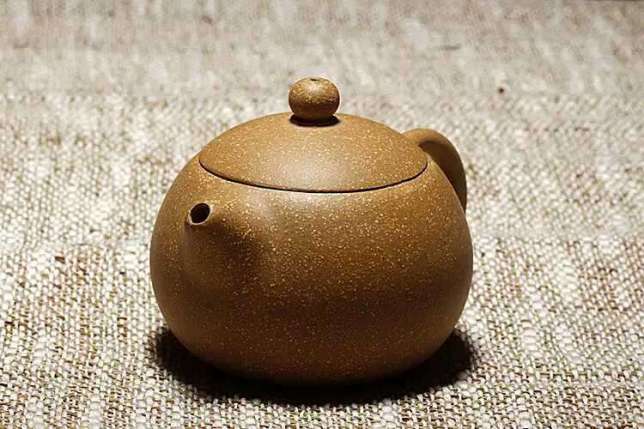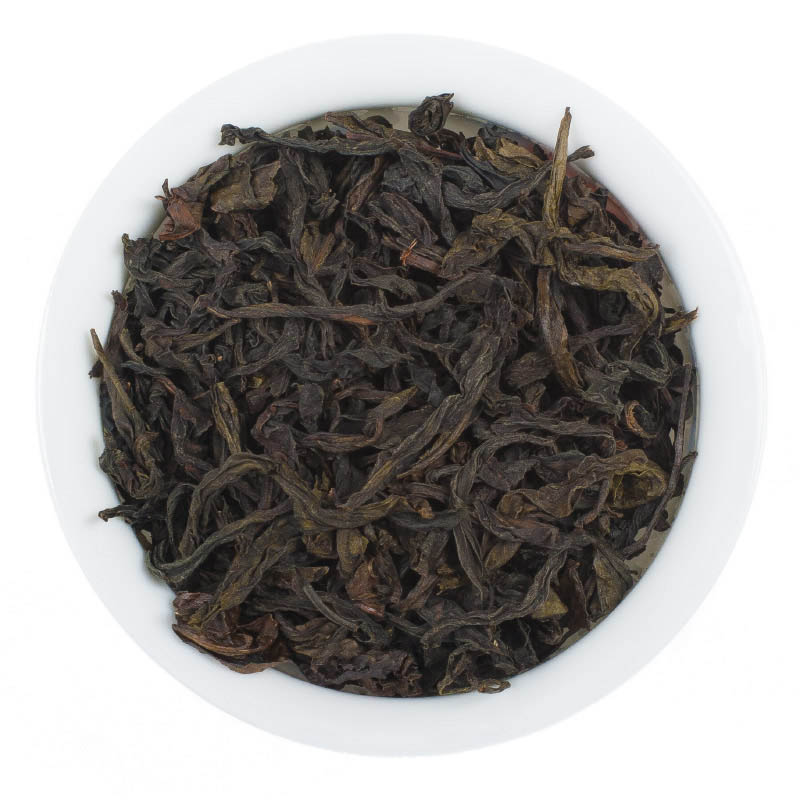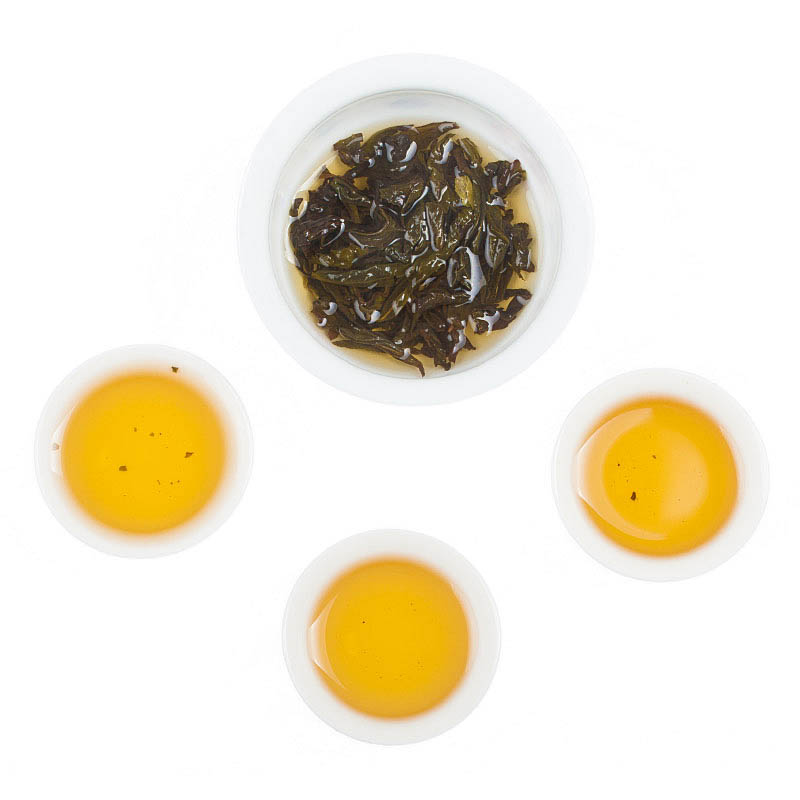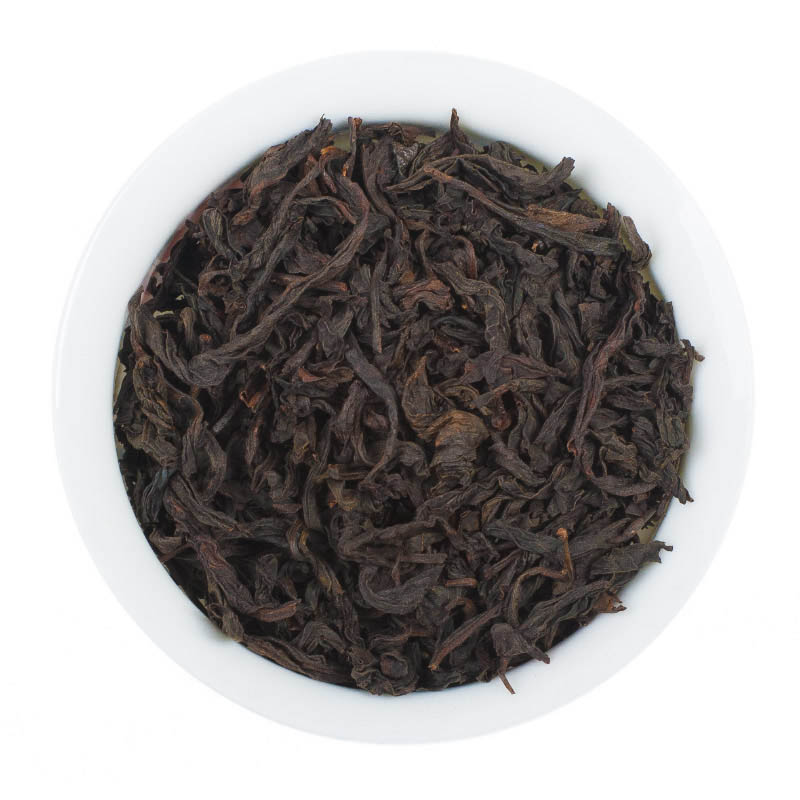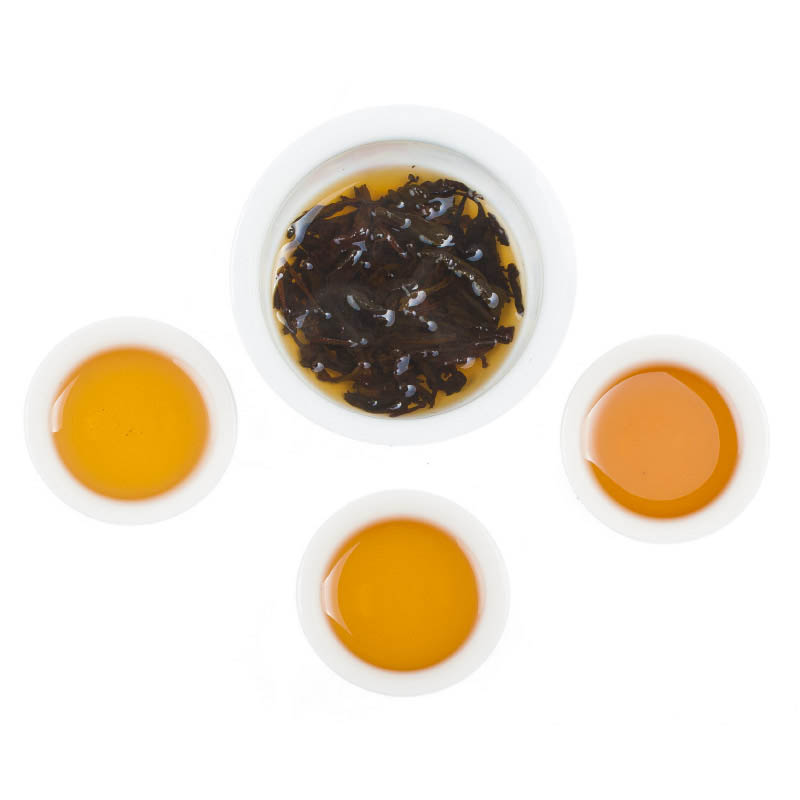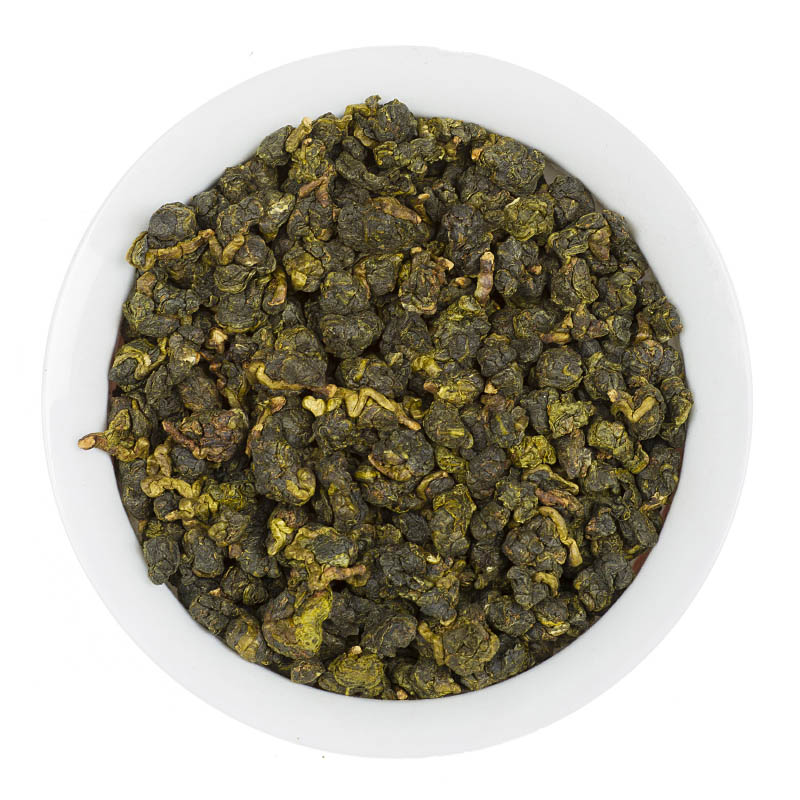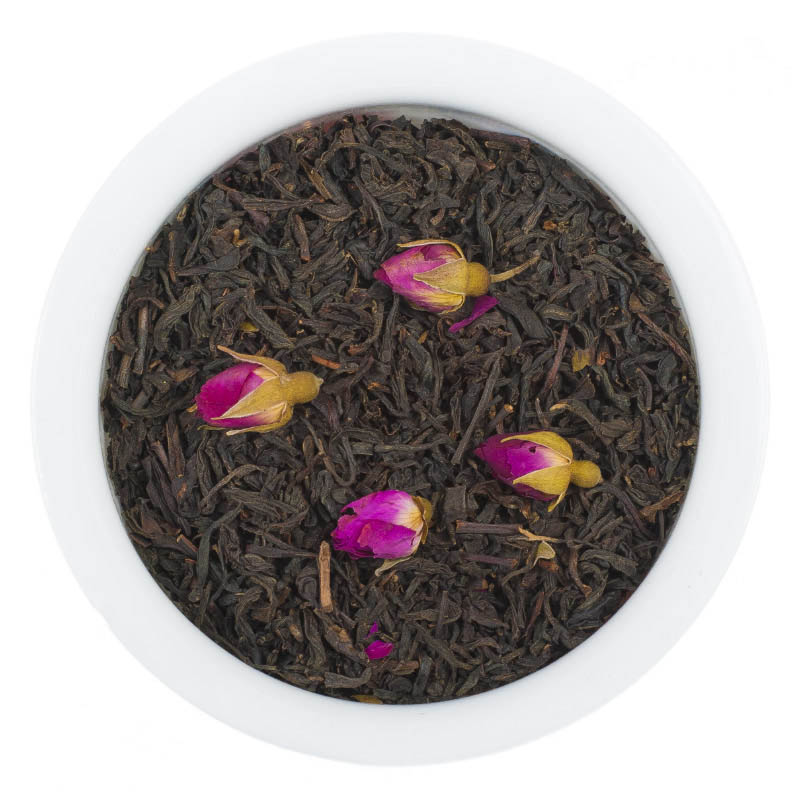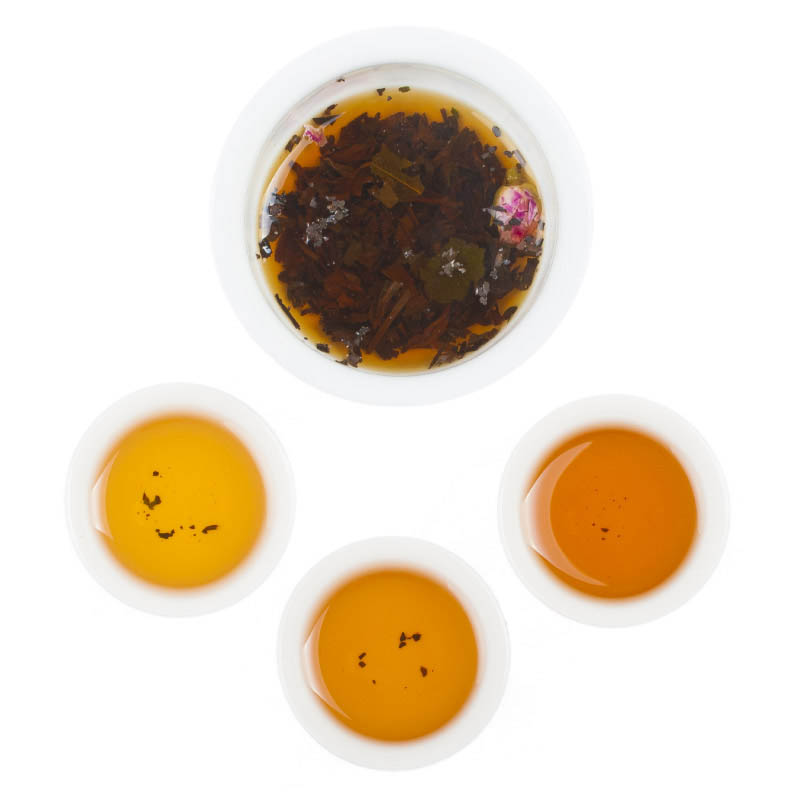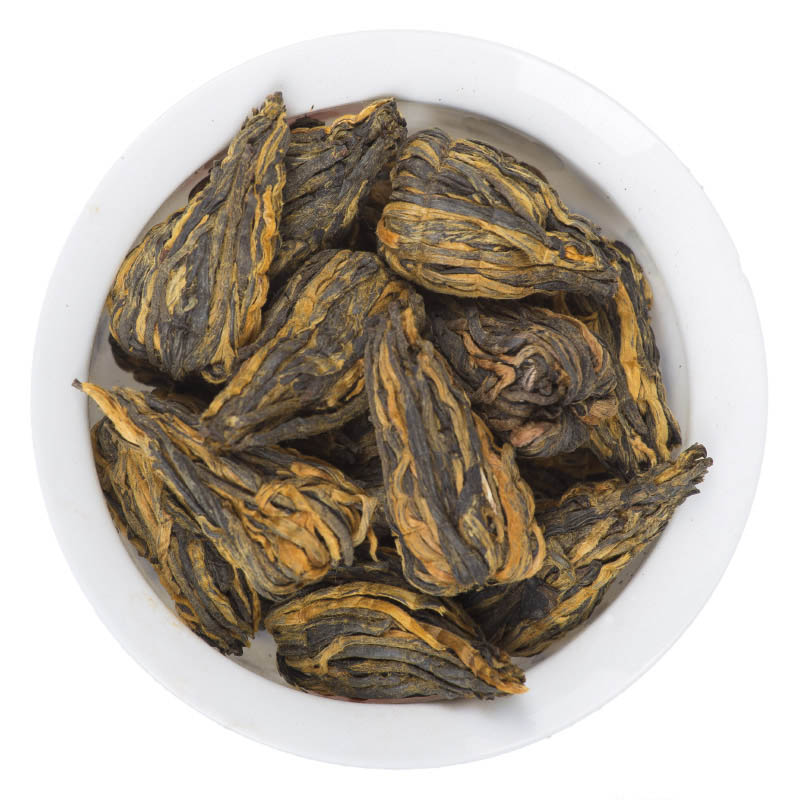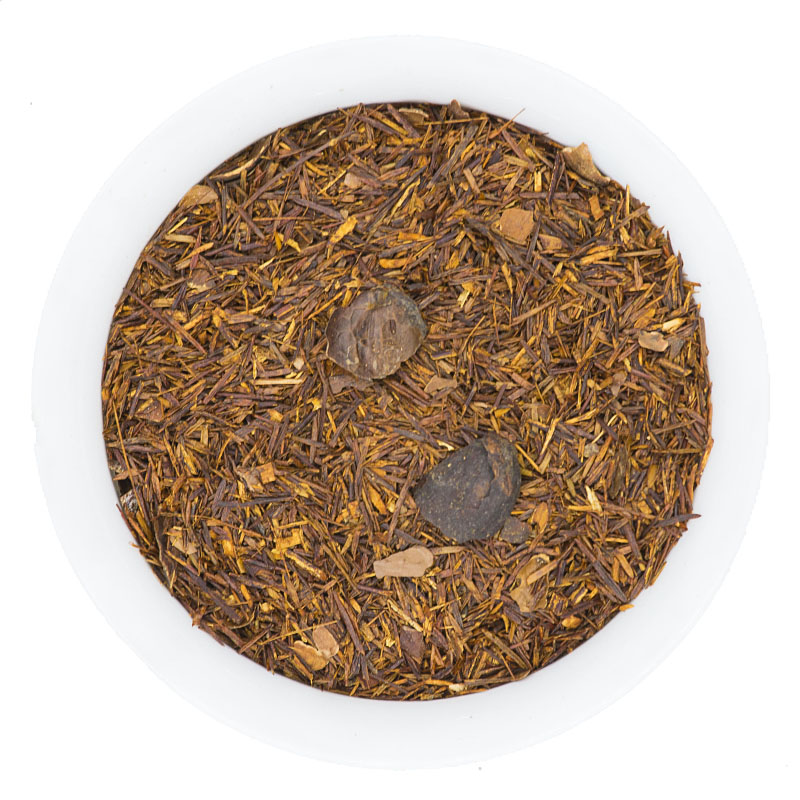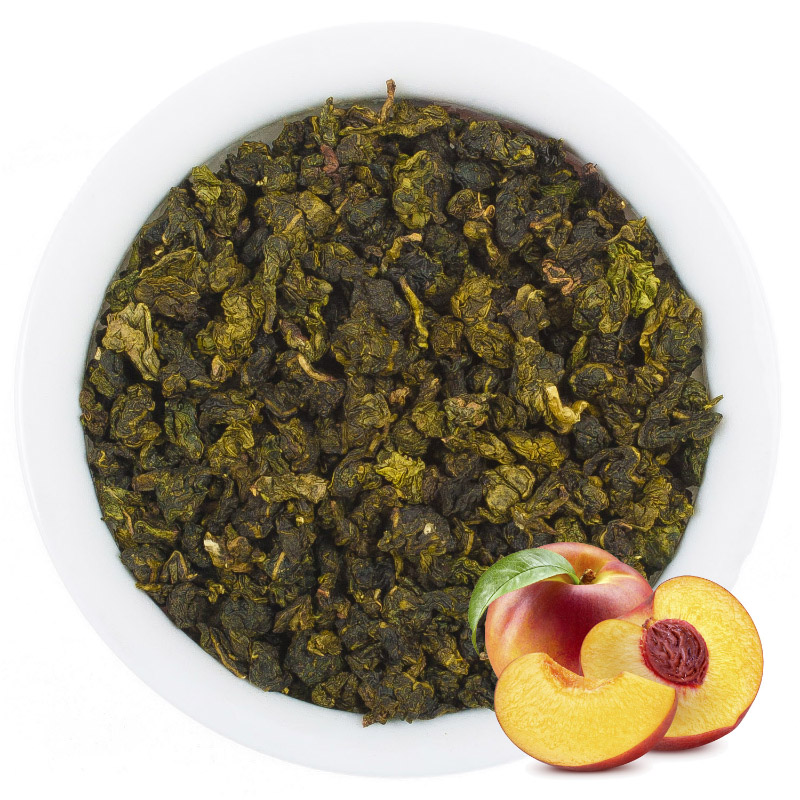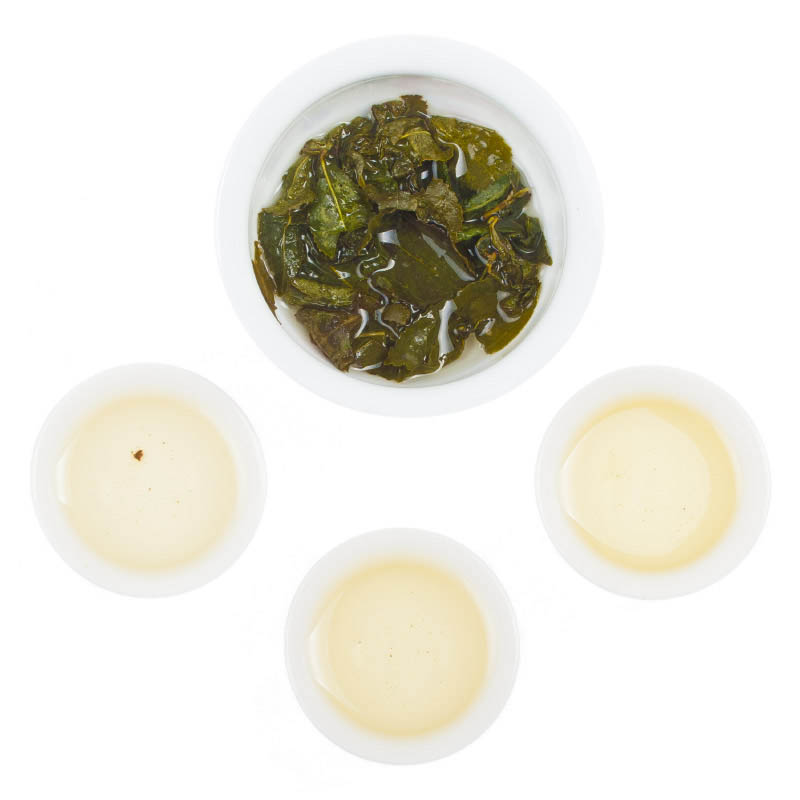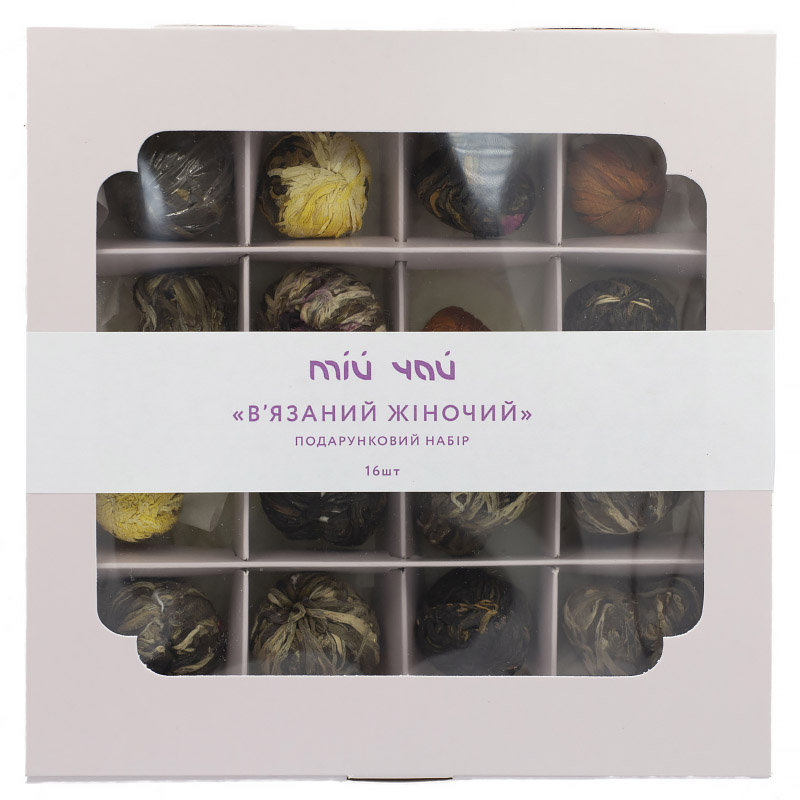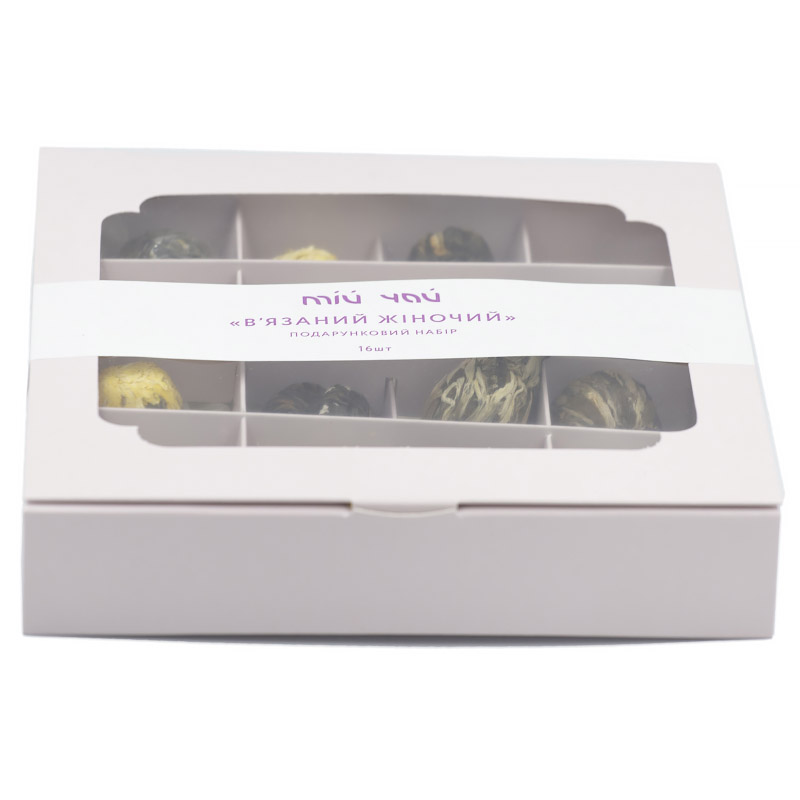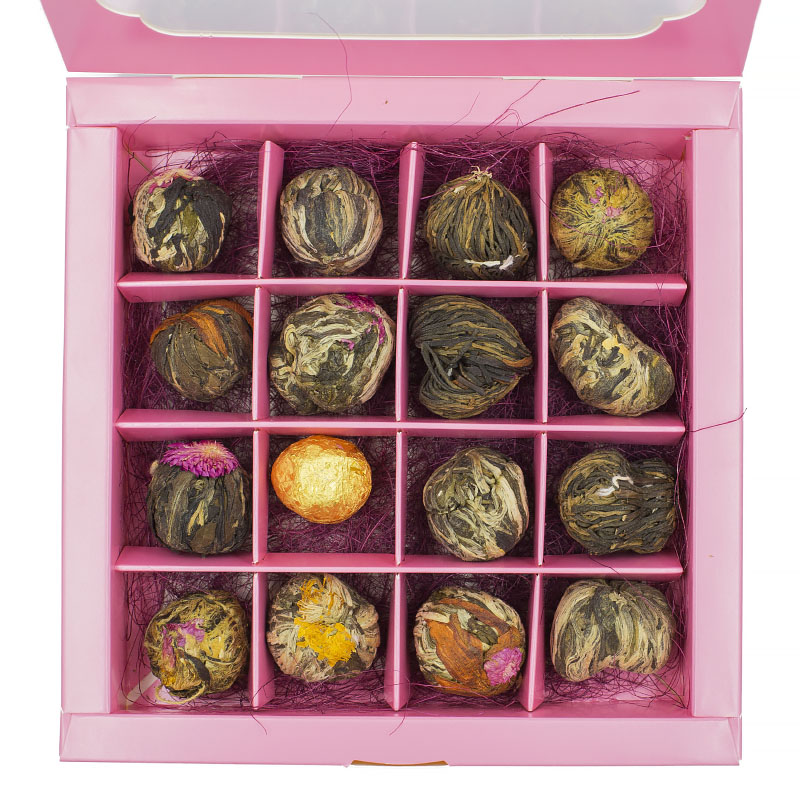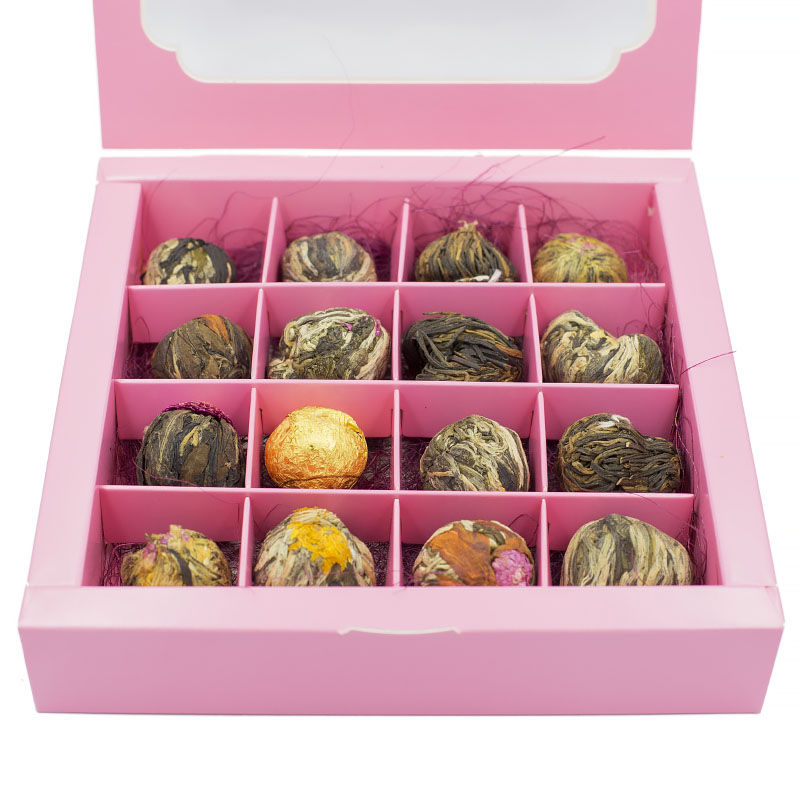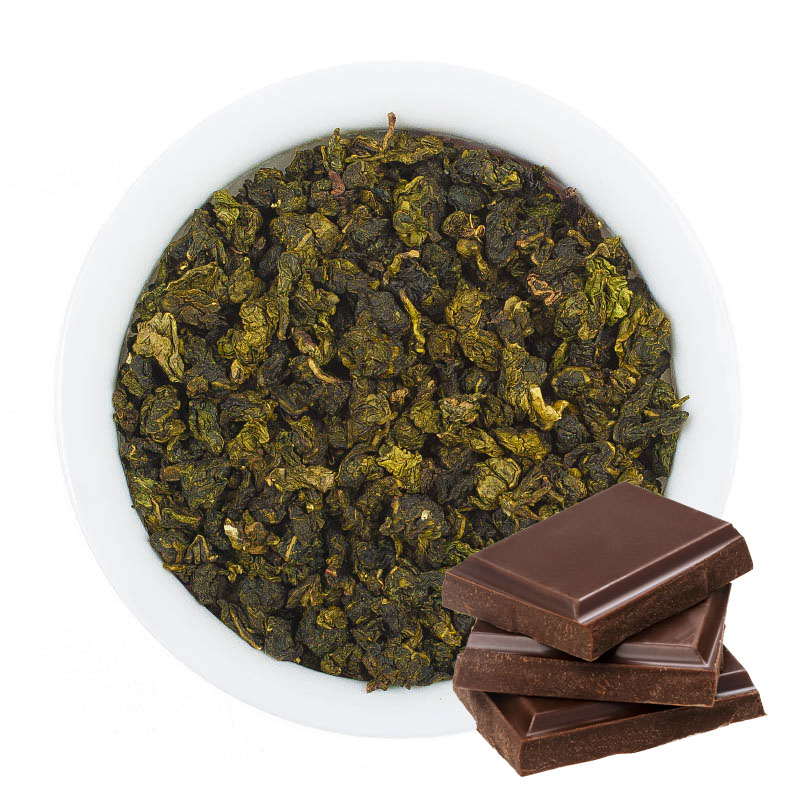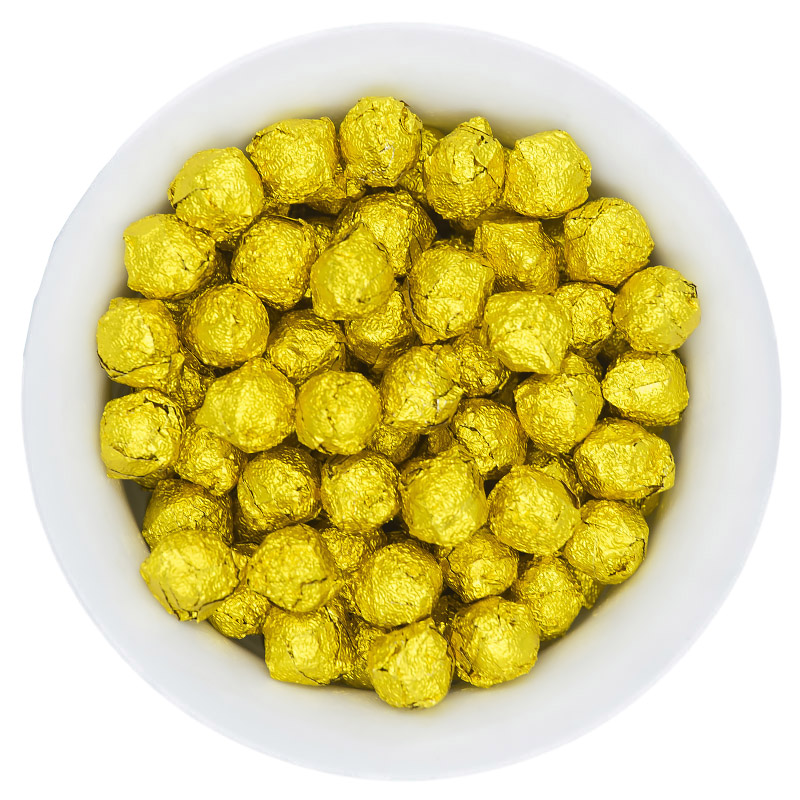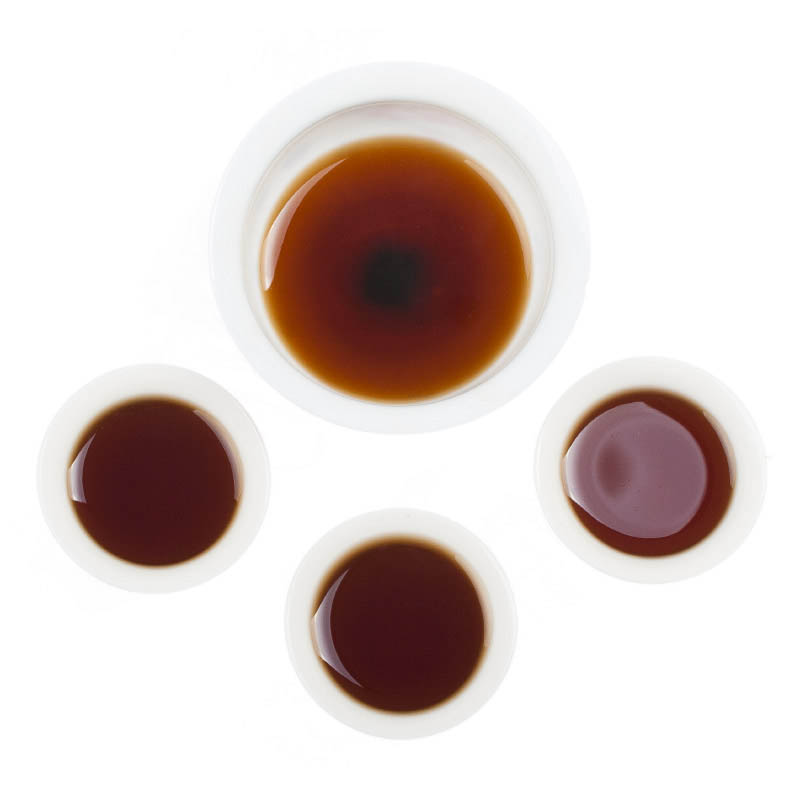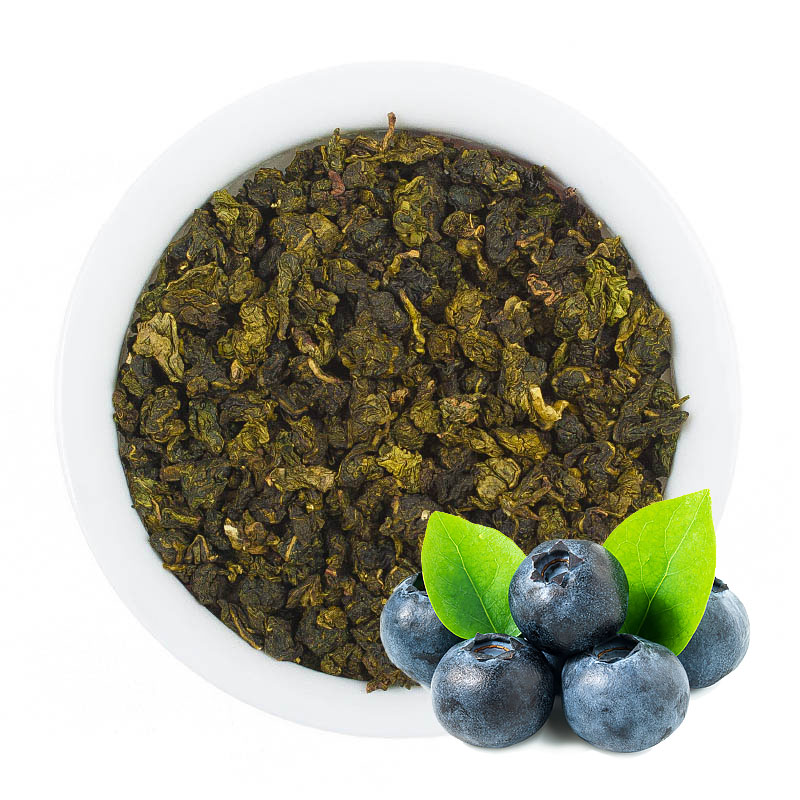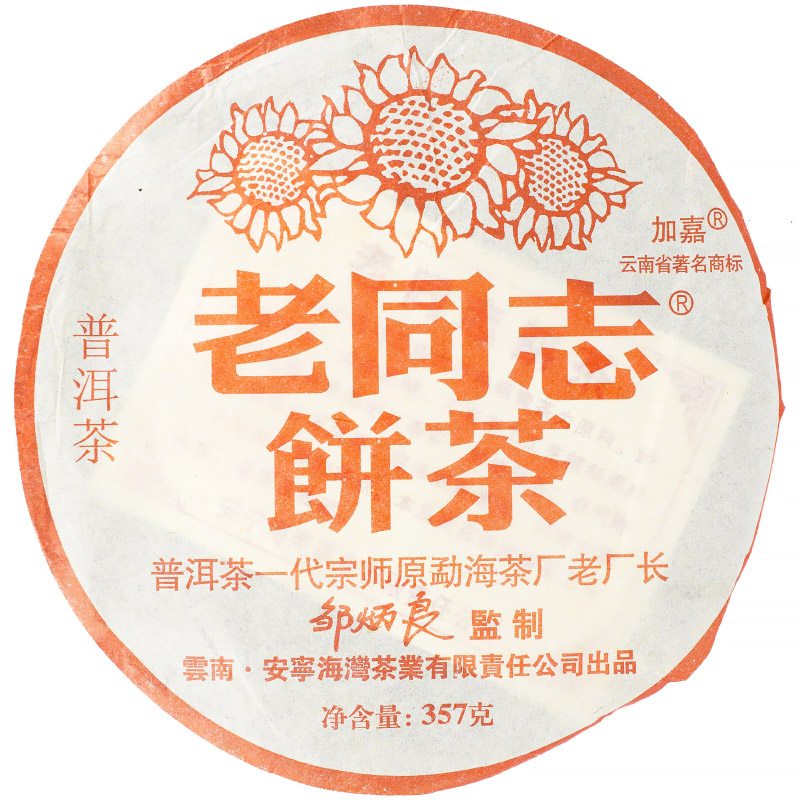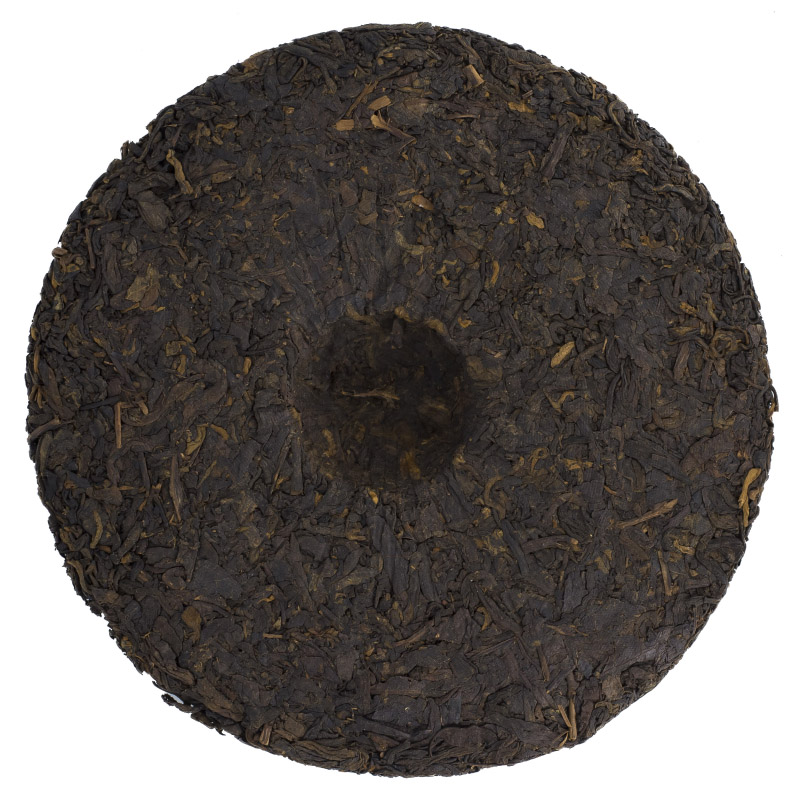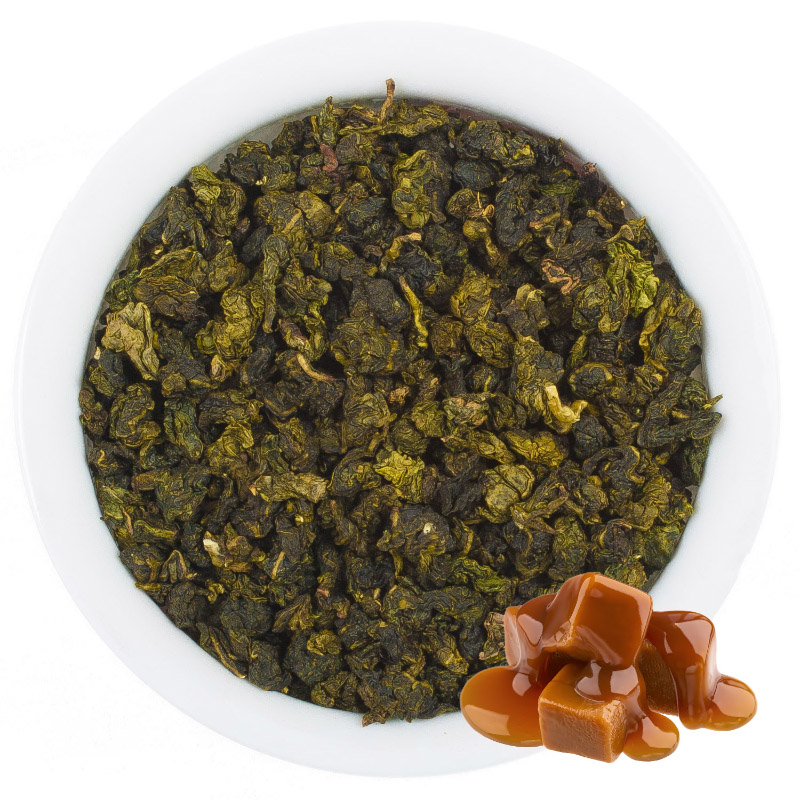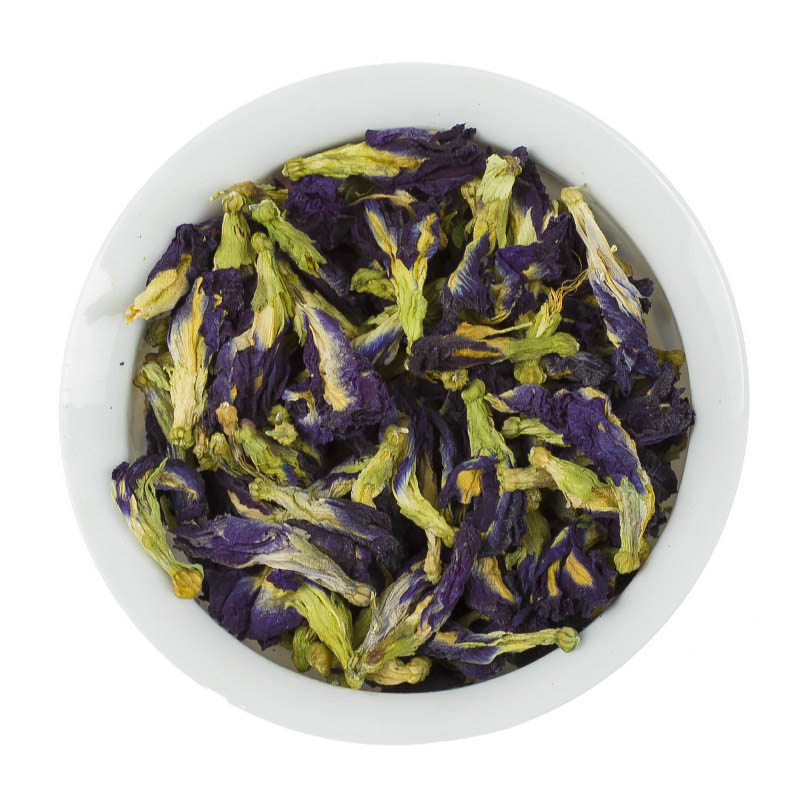Those who appreciate authentic Chinese tea and the traditions associated with it, and who have had the pleasure of using Yixing clay teaware, have truly recognized the value of this stylish and functional attribute of the tea ceremony. We believe our readers should learn a bit more about this material and the teaware made from it.
The clay takes its name from the city of Yixing (Jiangsu Province), near which it is mined. The crafting of not only teaware but also other ceramic items from this material has become a well-established tradition, representing a blend of folk craftsmanship and authentic art.
Yixing clay products were already being made during the Song dynasty (turn of the 1st–2nd millennium AD), and by the time of the Ming dynasty (14th–17th centuries), the production of Yixing ceramics had reached its peak. Since then, the central focus of this craft has been the creation of teapots and cups for traditional tea ceremonies.
Yixing teaware is made in a special way: the material is shaped from several layers and then fired at 1100–1200°C, which gives the products high strength and a stylish appearance.
What makes Yixing clay so special? It contains no harmful impurities, has low thermal conductivity, and its porous structure gradually absorbs the elements of the tea. For this reason, it is recommended to dedicate one teapot to one specific type of tea.
